10 Best Herbal Lozenges For Periodontal Disease

Herbal lozenges are natural remedies that have gained popularity for their potential role in managing periodontal disease by reducing inflammation and bacterial growth in the mouth.
These lozenges often contain ingredients such as echinacea, licorice root, and sage, which possess antimicrobial and anti-inflammatory properties. They can help soothe gum irritation and support oral hygiene by inhibiting the growth of harmful bacteria associated with periodontitis. While they are not a substitute for professional dental care, herbal lozenges may complement traditional treatments and promote overall gum health.
However, it is important to consult a dentist before relying solely on herbal remedies for periodontal issues.
FREE Herb Drying Checklist
How to make sure every batch retains maximum flavor, color, and aroma without the risk of mold or over-drying. Eliminate guesswork and trial-and-error, making herb drying faster, easier, and more efficient every time.
Table of Contents
1. Salvia officinalis
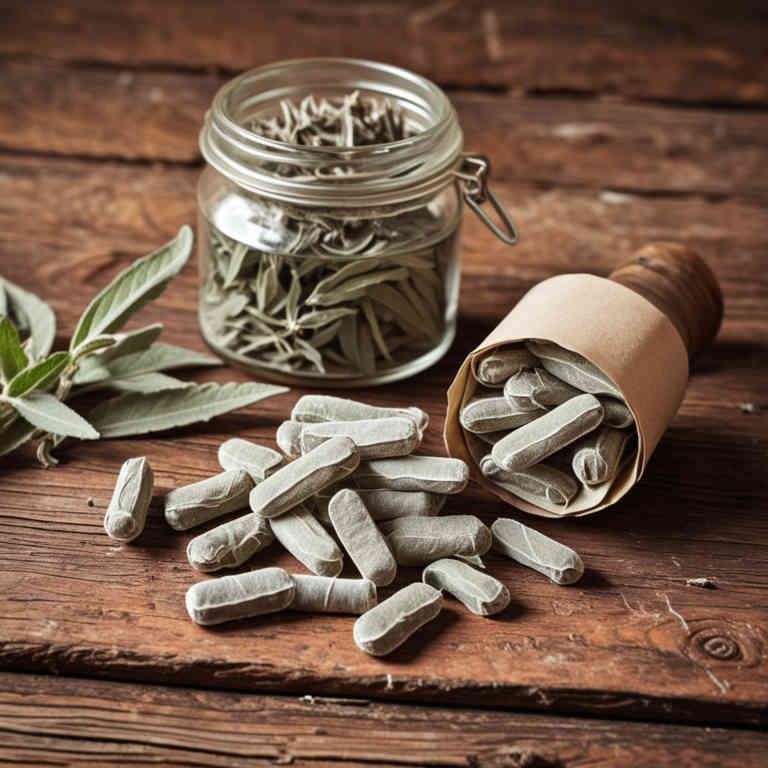
Salvia officinalis, commonly known as sage, has been traditionally used for its anti-inflammatory and antimicrobial properties, making it a promising ingredient in herbal lozenges for periodontal disease.
These lozenges may help reduce bacterial growth in the mouth, which is a key factor in the development of gum inflammation and infection. Studies suggest that sage extract can inhibit the growth of periodontal pathogens such as Porphyromonas gingivalis, thereby supporting oral health. The natural compounds in salvia officinalis, including flavonoids and essential oils, contribute to its therapeutic effects on the gums.
As a complementary therapy, sage lozenges may offer a safe and effective alternative or adjunct to conventional treatments for periodontal disease.
2. Aloe barbadensis
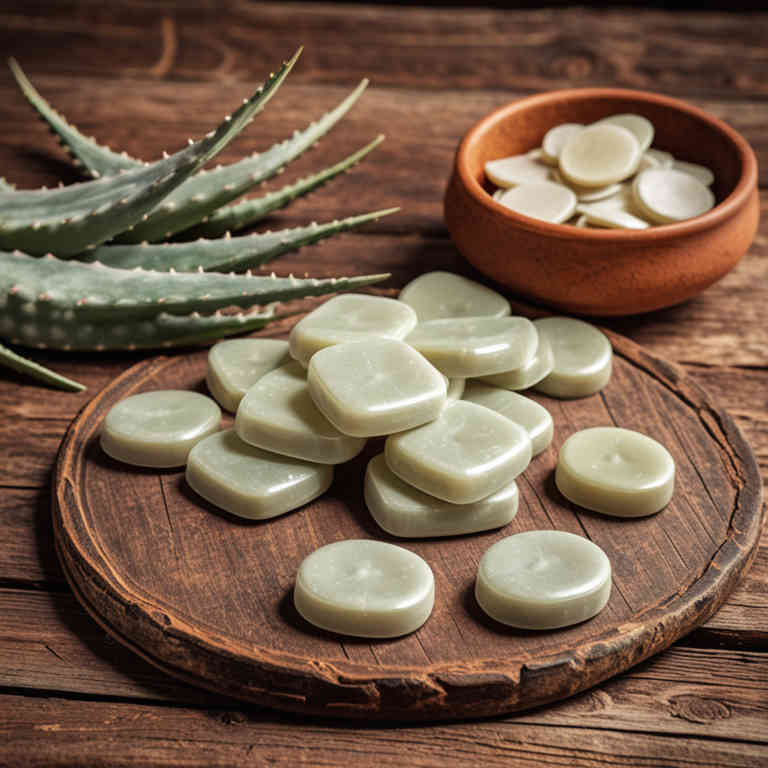
Aloe barbadensis herbal lozenges are a natural remedy that has shown promise in the management of periodontal disease due to their anti-inflammatory and antimicrobial properties.
These lozenges contain a concentrated form of aloe vera, which is known to reduce gum inflammation and promote healing of oral tissues. Regular use of aloe barbadensis lozenges may help in reducing plaque buildup and preventing the progression of gingivitis to more severe forms of periodontal disease. Additionally, the soothing effects of aloe vera can alleviate discomfort and irritation associated with gum inflammation.
While they should not replace professional dental care, aloe barbadensis lozenges can serve as a complementary therapy in supporting oral health.
3. Cinnamomum verum

Cinnamomum verum, commonly known as true cinnamon, has been traditionally used for its antimicrobial and anti-inflammatory properties, making it a promising natural remedy for periodontal disease.
Herbal lozenges containing Cinnamomum verum extract can help reduce the bacterial load in the mouth, particularly targeting pathogens like Porphyromonas gingivalis that contribute to gum inflammation and infection. These lozenges work by soothing inflamed gums and preventing plaque buildup, thus supporting overall oral health. Clinical studies suggest that regular use of cinnamon-based lozenges may improve gum health and reduce symptoms associated with gingivitis.
As a complementary therapy, Cinnamomum verum lozenges offer a safe and effective option for managing periodontal disease alongside conventional dental care.
4. Zingiber officinale
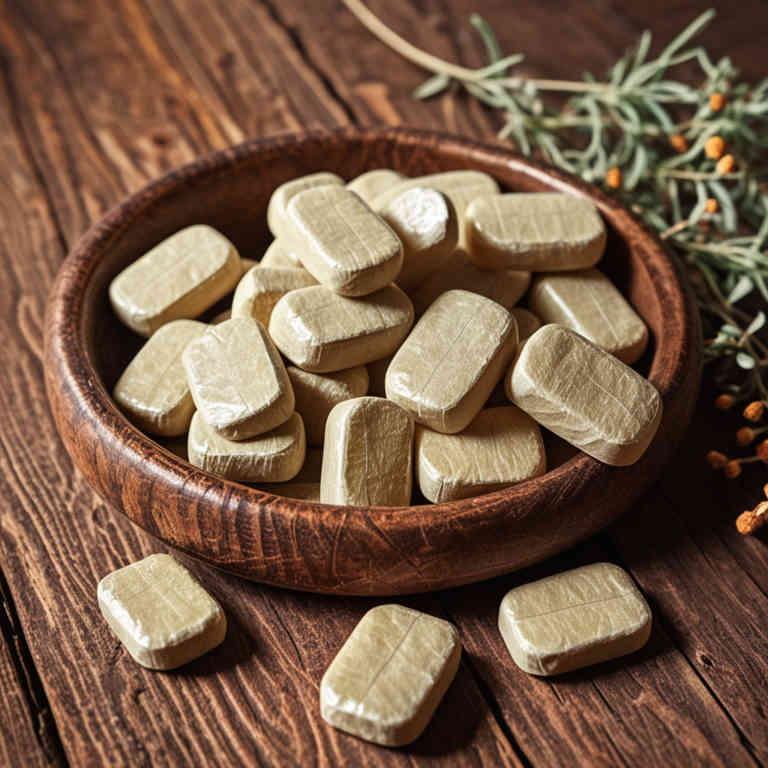
Zingiber officinale, commonly known as ginger, has been traditionally used for its anti-inflammatory and antimicrobial properties, making it a promising natural remedy for periodontal disease.
Herbal lozenges containing ginger extract can help reduce gum inflammation, inhibit bacterial growth, and alleviate symptoms such as swelling and bleeding gums. These lozenges offer a convenient and non-invasive way to support oral health and complement conventional treatments. Studies suggest that ginger's active compounds, such as gingerol and shogaol, may contribute to its effectiveness in managing periodontal conditions.
However, further clinical research is needed to fully establish their efficacy and optimal usage in periodontal care.
5. Rosmarinus officinalis
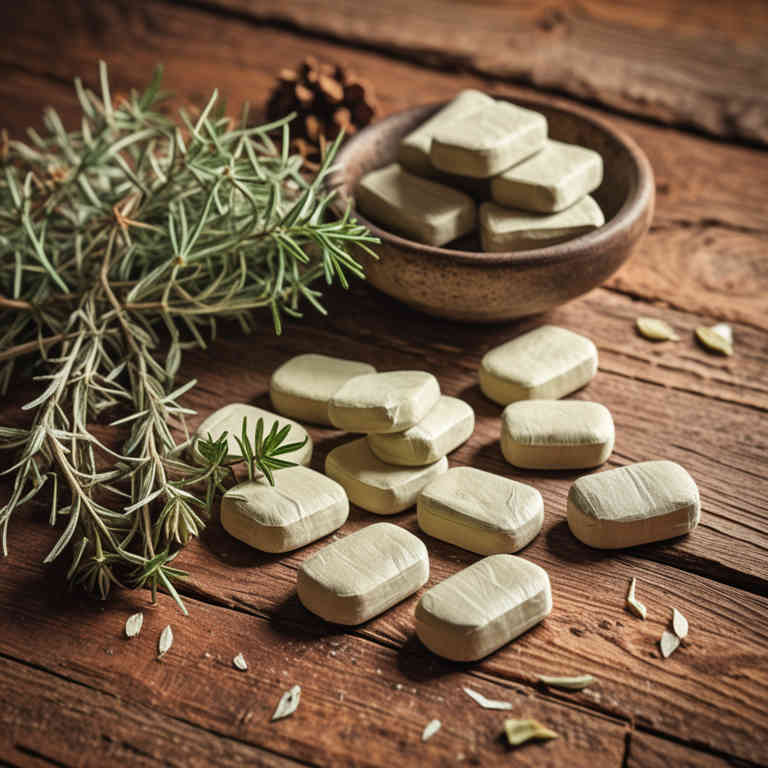
Rosmarinus officinalis, commonly known as rosemary, has been traditionally used for its antimicrobial and anti-inflammatory properties, making it a valuable ingredient in herbal lozenges for periodontal disease.
These lozenges are formulated to deliver rosemary essential oils directly to the oral cavity, helping to reduce bacterial growth and inflammation in the gums. Clinical studies suggest that rosemary extract can inhibit the growth of periodontal pathogens such as Porphyromonas gingivalis and Aggregatibacter actinomycetemcomitans. By incorporating natural antioxidants and anti-inflammatory compounds, rosemary lozenges support gum health and may aid in the prevention of gingivitis and more advanced forms of periodontal disease.
As a complementary therapy, these lozenges offer a natural alternative for individuals seeking holistic approaches to oral care.
6. Piper nigrum
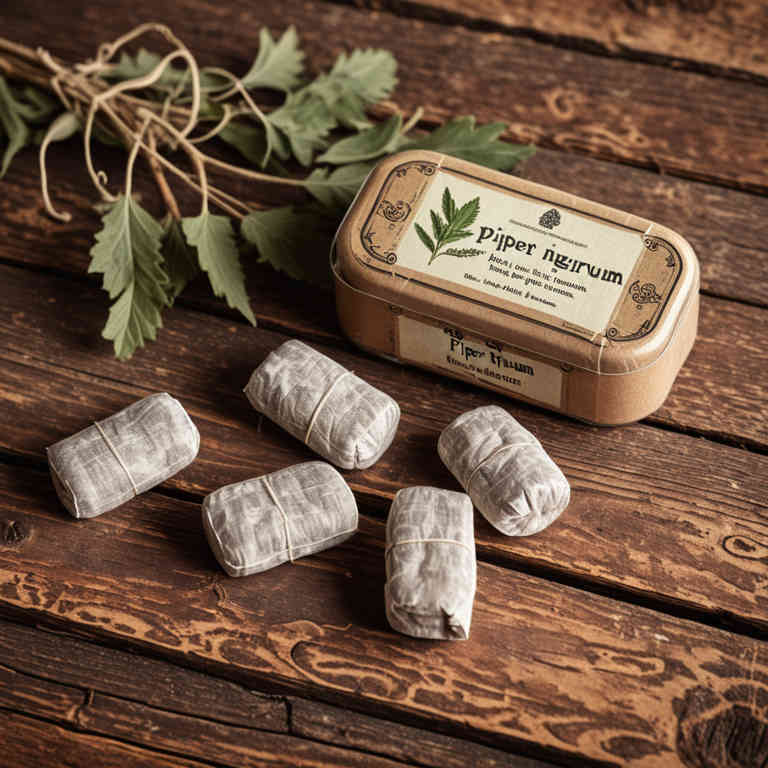
Piper nigrum, commonly known as black pepper, has been traditionally used in herbal medicine for its antimicrobial and anti-inflammatory properties.
Piper nigrum herbal lozenges are formulated to support oral health by targeting the bacteria associated with periodontal disease. The active compound, piperine, helps reduce inflammation and may inhibit the growth of harmful oral pathogens. These lozenges offer a natural alternative to conventional treatments, promoting gum health and reducing symptoms like swelling and bleeding.
When used as part of a comprehensive oral care routine, Piper nigrum lozenges can complement professional dental treatments for better periodontal management.
7. Urtica dioica
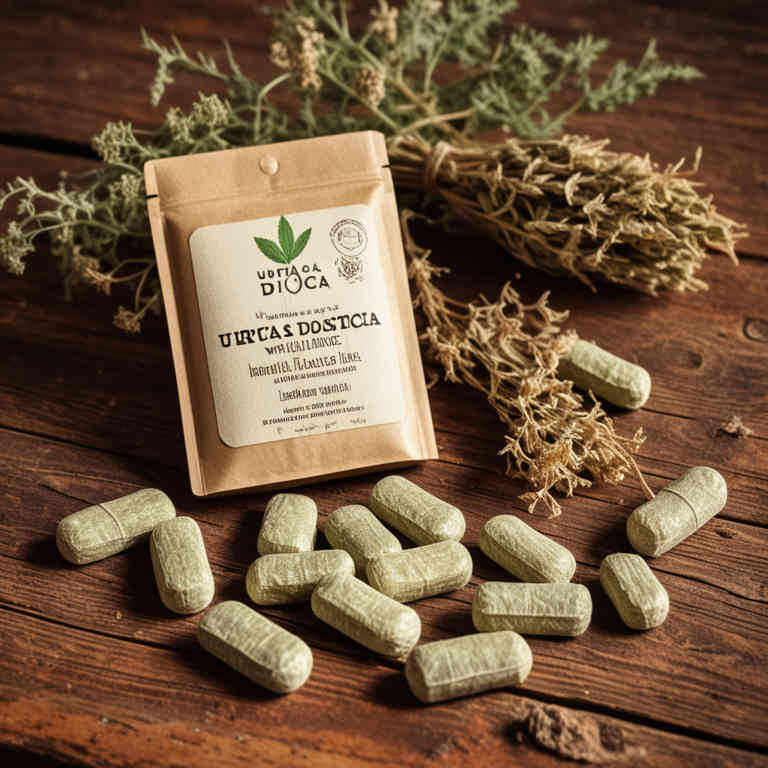
Urtica dioica, commonly known as stinging nettle, has been traditionally used for its anti-inflammatory and astringent properties, making it a potential candidate for herbal lozenges aimed at treating periodontal disease.
These lozenges are formulated to deliver concentrated extracts of Urtica dioica, which may help reduce gum inflammation and bacterial buildup associated with periodontitis. The active compounds in stinging nettle, such as flavonoids and polyphenols, are believed to support oral health by inhibiting the growth of harmful bacteria and promoting tissue healing. Clinical studies suggest that regular use of Urtica dioica lozenges may improve gum health and support overall periodontal maintenance.
As a natural alternative, these lozenges offer a complementary approach to conventional treatments for managing periodontal disease.
8. Glycyrrhiza glabra
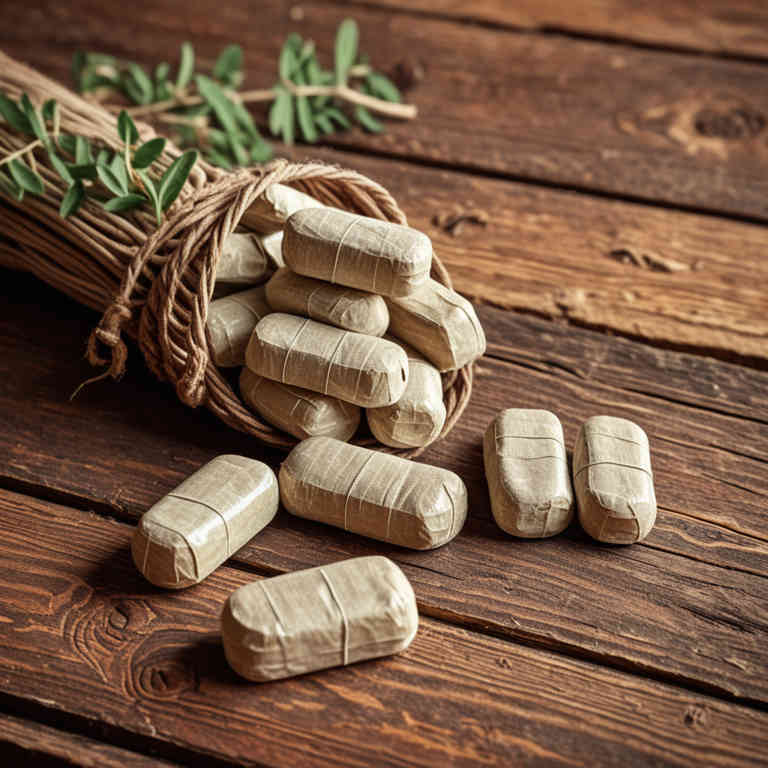
Glycyrrhiza glabra, commonly known as licorice root, has been traditionally used in herbal medicine for its anti-inflammatory and antimicrobial properties.
Glycyrrhiza glabra herbal lozenges are formulated to target periodontal disease by reducing inflammation in the gums and inhibiting the growth of harmful bacteria. These lozenges contain glycyrrhizin, a compound known for its ability to modulate immune responses and reduce oral inflammation. Clinical studies suggest that regular use of licorice root lozenges may help in managing symptoms of gingivitis and supporting overall periodontal health.
However, long-term use should be monitored due to potential side effects associated with high doses of glycyrrhizin.
9. Echinacea purpurea
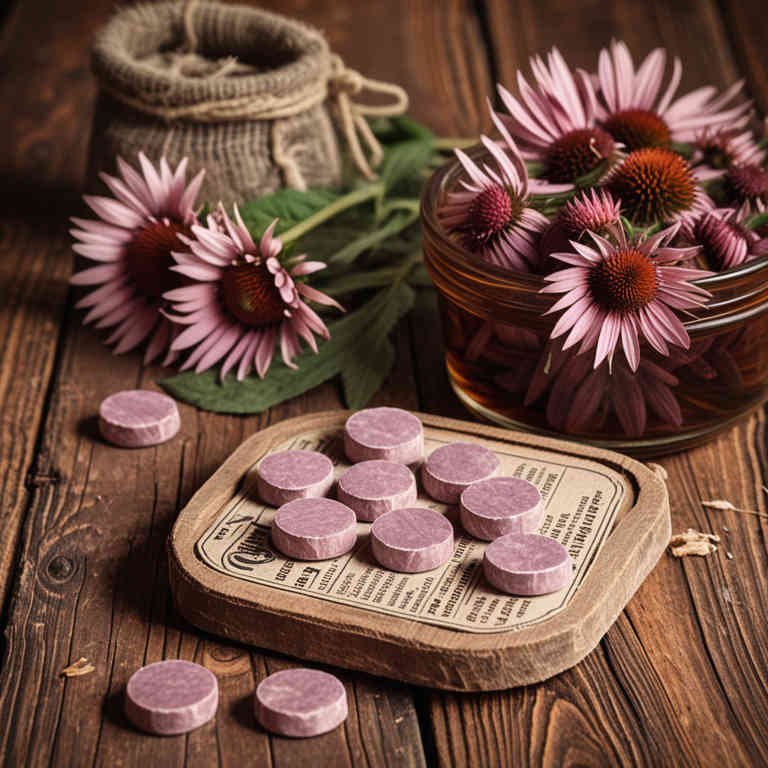
Echinacea purpurea herbal lozenges have gained attention for their potential role in managing periodontal disease due to their anti-inflammatory and antimicrobial properties.
These lozenges contain extracts from the purple coneflower, which may help reduce bacterial growth in the oral cavity, a key factor in gum inflammation. Studies suggest that echinacea can support the body's immune response, potentially aiding in the prevention of periodontal infections. When used as part of a comprehensive dental care routine, these lozenges may complement traditional treatments such as scaling and root planing.
However, while promising, more clinical research is needed to fully establish their efficacy and long-term safety in treating periodontal conditions.
10. Origanum vulgare
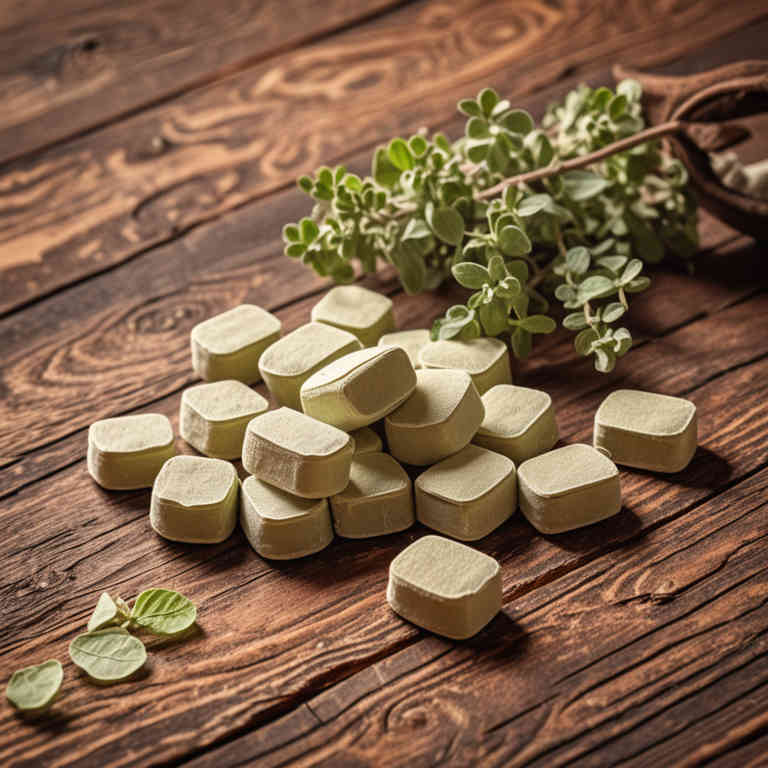
Oreganum vulgare, commonly known as oregano, has been traditionally used for its antimicrobial and anti-inflammatory properties, making it a promising ingredient in herbal lozenges for periodontal disease.
These lozenges contain essential oils such as carvacrol and thymol, which have been shown to inhibit the growth of bacteria associated with gum inflammation and infection. Clinical studies suggest that regular use of oregano-based lozenges may help reduce plaque formation and gingival swelling, supporting overall oral health. The natural formulation of these lozenges offers a safe and alternative option for individuals seeking non-pharmacological treatments for periodontal issues.
Incorporating Oreganum vulgare into oral care routines may complement conventional periodontal therapies and promote healthier gums.